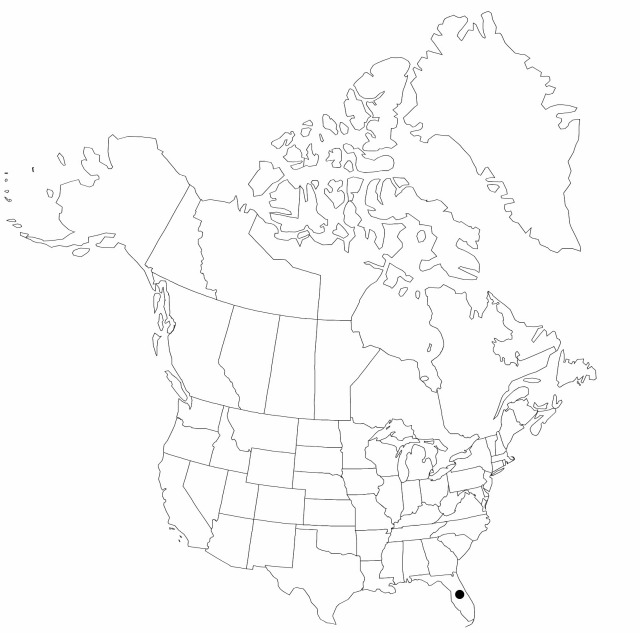Difference between revisions of "Fimbristylis cymosa"
Prodr., 228. 1810.
imported>Volume Importer |
(No difference)
|
Latest revision as of 01:31, 30 July 2020
Plants perennial, cespitose, (5–) 10–60 cm, bases hard, glabrous; rhizomes absent. Leaves polystichous, mostly spreadingexcurved, to 1/2 as long as culms; sheaths usually entire; ligule absent; blades linear, 2–3 mm wide, flat or shallowly involute, margin scabrid, apex blunt. Inflorescences: simple or compound anthelae with numerous small pedunculate clusters of sessile spikelets; scapes linear, distally terete, 1–2 mm thick; involucral-bracts short, usually shorter than inflorescence. Spikelets greenish brown or yellowbrown, ovoid, 2–3 mm; fertile scales broadly ovate, 1–1.5 mm, obtuse or apically notched, midrib not excurrent. Flowers: stamens usually 1; styles 2-fid, slender, glabrous. Achenes dark-brown to nearly black, tumidly obovoid, rarely obscurely 3-ribbed, 1 mm, faintly striate to variously warty, faintly reticulate. 2n = 56.
Phenology: Fruiting all year.
Habitat: Sands of sea beaches, brackish sandy open sites, often disturbed, commonly just in from mangrove or on sandy road shoulders
Elevation: 0–50 m
Distribution

Fla., s Mexico, Central America, South America, Africa, Asia, Indian Ocean Islands, Pacific Islands, Australia
Discussion
New World examples of Fimbristylis cymosa are almost exclusively bicarpellate, with bifid styles; Old World Oceania examples are tricarpellate, with trifid styles, a form not covered in this treatment.
Selected References
None.
Lower Taxa
"shortened" is not a number.
